

Beyond Buzzing Bar Signs: 10 Other Uses for Neon Gas
Word association for “neon” may incite images of the Las Vegas Strip or even restaurants and hotels lining Colfax in Denver. With its inert properties, it fends off oxidation, making it a preferred gas for all kinds of lamps. Neon, often mixed with other gases such as argon, xenon, or krypton, prevents lamps from burning out quickly and becoming a fire hazard, as they take up the space of oxygen.
Advertising remains the most prominent use for neon to this day with its red-orange glow, but its use expands to lasers, TV tubes, high-voltage indicators, and several uses you may not be as familiar with.
1. Automobile and Locomotive Lighting
Taillights on cars and motorcycles offer a color-safety element with neon’s spectrum of yellows, oranges, and reds. Unlike LEDs, they have glass tubing. Locomotives use neon for lights in the front rather than the rear because neon has a powerful penetrative property that cuts through smoke and fog. Not only that, but they are long-lasting, offering efficiency for miles and miles.
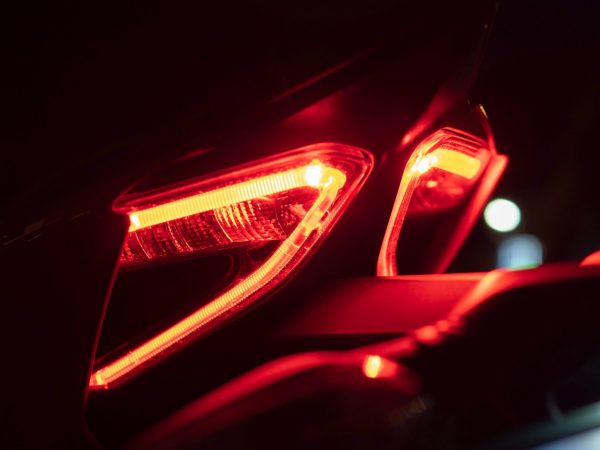
2. Traffic Lights and Signals
Neon’s illuminating magic is present in streetlights and traffic signals. Neon gas lights up when it encounters an electrical current, is insanely bright, and long-lasting – which is a necessary component of traffic safety measures. Whether it’s a red light, or a flashing palm at a crosswalk, you can assume that neon is present – in a glass tube with metal electrodes on each side – waiting to be ionized.
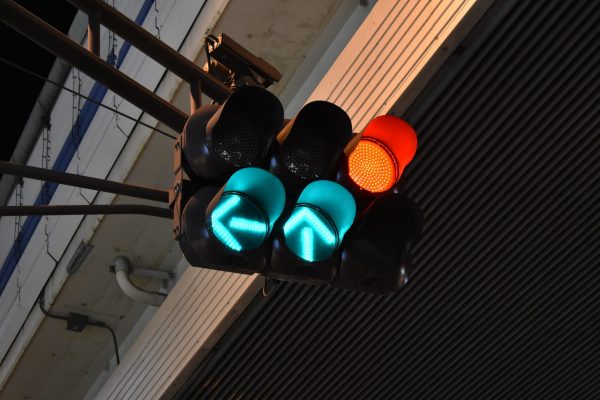
3. Medical and Scientific Lasers
While neon is used in laser light shows, its less obvious use is in lasers of a different design. Combined with helium, doctors and scientists are equipped with lasers to perform tasks in the operating room and in the laboratory. These lasers therapeutically treat conjunctival wounds in the eyes, which can speed up healing times. Helium-neon therapy is also effective in orbital implants, providing realistic movement for prosthetic eyes, acting as a buffer for orbital volume between the prosthetic and the eye socket.
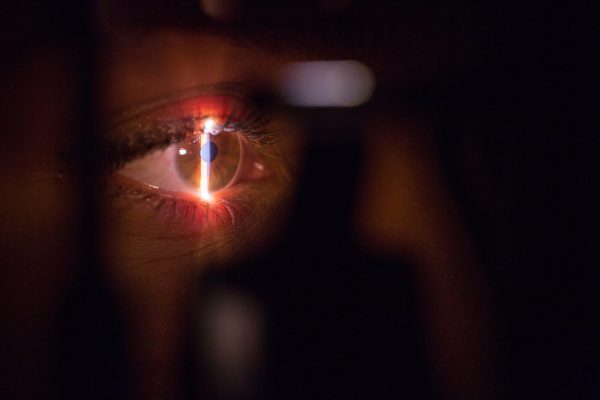
4. High Voltage Indicators and Switching Gears
As the previous neon trends suggest, its warm glow is essential as a safety alert. High-voltage indicators function specifically as their name describes. Neon is the glowing element used for high-voltage indicator lighting to warn people when voltage exceeds a certain point that could lead to danger. Construction sites, plants, and factories with high voltages of electricity and electric fences use neon in their everyday functions.
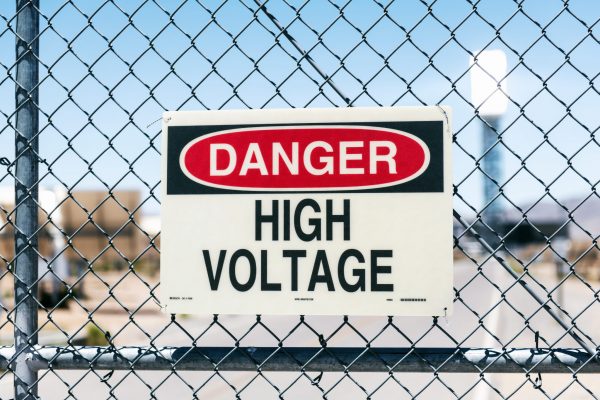
5. Lightning Arresters
Lightning arresters are a form of protection for tall buildings, radio towers, power lines, and other structures from lightning strikes. But what does neon have to do with this rod of metal? Lightning arresters give lightning a straight path for its high voltage current that diverts it to the ground, rather than directly into the target it hits. This decreases the risk of fire and electrical outages, with the arrester absorbing the shock rather than sending electrocution through a building. Neon is the filler gas inside lightning arresters, creating an arc that conducts the electricity on a strategic path to the ground.
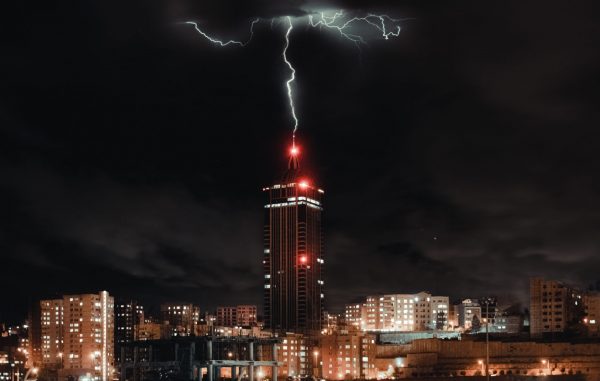
6. Preserving Biological Specimens
Neon has greater cryogenic refrigerant properties than helium by 40 times, liquifying at negative 411 degrees Fahrenheit. Its cryogenic capabilities are used for freezing cadavers and preserving biological specimens. Since its only extraction can be done from the air through fractional distillation, unlike helium that can be extracted from the ground, it’s a more expensive and less practical option in most cases. But it is an option nonetheless, especially when helium shortages inevitably arise.
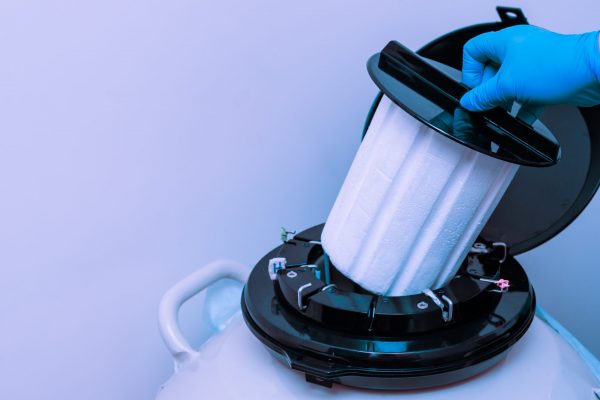
7. Diving Equipment
Heliox, nitrox, hydrox, and others are among several gases mixed for scuba diving cylinders. Neon and oxygen are another mixed gas combination that allows for a limited window of underwater breathing. Like most of the mixed gases listed, a neon-oxygen mixture can have adverse health effects on the body and is to be limited to professional divers under timed supervision.

8. Plasma Screens and Television Tubes
In older TVs, neon was sent through tubing to project light onto the screen. The inert environment created by neon was needed to create long-lasting energy and light. Today, plasma screen televisions use the same principles, though their engineering and design is quite different. Neon, as with many other gases, creates light as a reaction to contact with electric currents and ions. Plasma screens use a phosphor, a material that absorbs high energy to emit light, in conjunction with neon to create a whole spectrum of colors for high-definition color TVS.

9. Aerospace
Cryogenic neon works like how cryogenic helium works in MRI machines, with 40 times more refrigeration capacity. The cools superconducting magnets used in aerospace imaging applications. Infrared imaging is ultra-sensitive and requires an inert environment void of gases and impurities that will disrupt its function. Of course, it works dually for lighting within aircrafts both in outer space and in the troposphere.
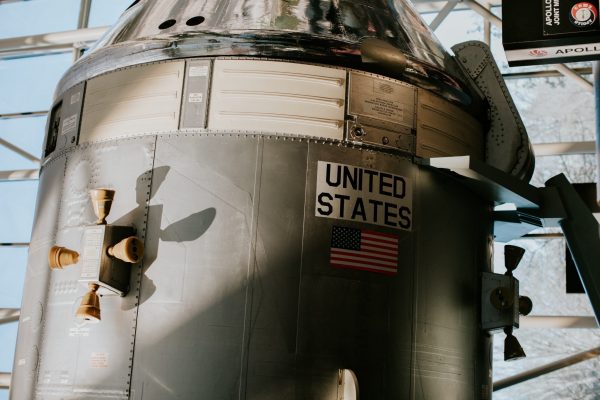
10. Fracking Leak Detection
Neon detects leaks that which could otherwise not be visibly seen in fracking applications. For instance, methane and other dangerous gases can leak during oil and gas extraction. Neon can trace the path of the leak and is the perfect gas for the job because it is nonreactive. Helium can also be used. Both gases protect groundwater from lethal contaminants by alerting of their presence.
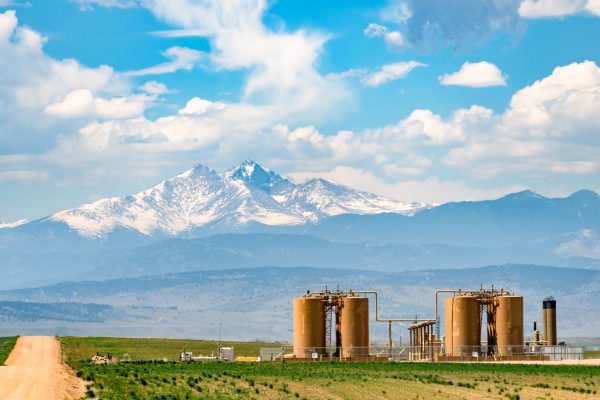
Neon Supplier in Colorado, Utah, Idaho, Wyoming, and Nebraska
This rare gas excels in lighting, cryogenic preservation, and various forms of safety applications, offering diverse application beyond just buzzing bar signs.
Rocky Mountain Air supplies neon, krypton, and xenon to the Rocky Mountain region in our five operating states, and we offer both high-purity cylinders and mixtures to serve a multitude of industries, from lighting to automotive, to science. If you are interested in partnering with RMA as your rare gas and neon supplier, please contact your local branch to speak to a representative today. We look forward to serving you!



